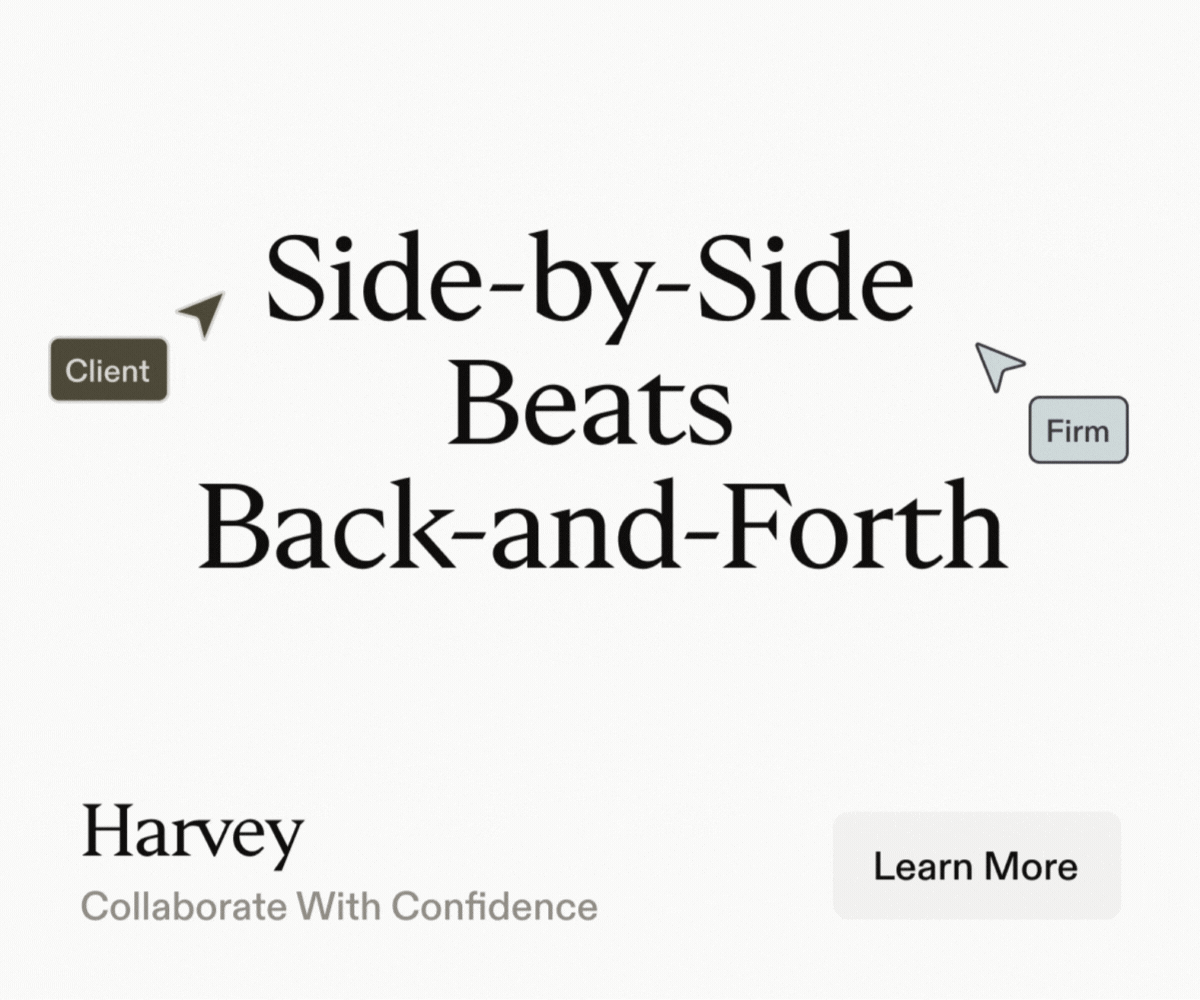sa.global’s six hard truths UK law firm leaders keep repeating about tech and AI
It has been a busy first month for me at sa.global. Practically every day, I have been sitting down — sometimes in boardrooms, often on Teams — with senior partners, finance directors and technology chiefs from mid and large-sized UK law firms. The goal is always the same: understand what is keeping them awake and where technology can offer a practical answer. No two firms are identical, yet the conversations converge around the same handful of challenges.
Below is my field note of the six issues I hear of most often on legal tech for UK law firms. If any of them ring true for you, take comfort in the fact that your peers are wrestling with the same questions, and that solutions are taking shape.
Six hard truths firms must solve
- Clients want visible AI value: demonstrating clever point tools no longer wins the pitch. Corporate clients now ask how your AI shortens matter timelines, reduces write-offs and trims their invoices. The use cases that resonate — intake triage, automated time capture, real-time Work-In-Progress analysis — are the ones where value can be measured in weeks, not years.
- Data and cybersecurity are deal breakers: a finance director put it bluntly: “If the data chain breaks, the deal breaks.” Phishing attempts and ransomware headlines make security the first hurdle in every technology tender. A fragmented stack multiplies risk and audit overhead; a single, tenant-controlled data core brings both resilience and simplicity.
- Talent expectations have changed for good: digital-native lawyers judge a firm by the quality of its tools and its commitment to flexible working. Partners worry that AI first drafts will erode the apprenticeship model, so firms are exploring new roles — legal project management, data analysis, process design — that develop judgement while harnessing technology.
- Pricing models are under pressure: if AI truly compresses effort, the billable hour comes under scrutiny. Fixed-fee and outcome-based models are gaining traction, but only firms with reliable cost-to-serve data can adopt them without eroding margin. Accurate, automated time recording and matter profitability dashboards are rapidly moving from nice-to-have to non-negotiable.
- Productivity still lags behind pre-pandemic highs: utilization has not yet rebounded to 2019 levels. Leaders fear that efficiency gains will flow straight to clients unless they can quantify and retain a share of the benefit. Metrics that connect AI adoption to revenue per lawyer will make the difference between progress and treading water.
- Change management is the real bottleneck: technology failures are rare; adoption failures are common. Without a rollout plan that links business outcomes, user incentives and measurable metrics, even the most capable platform ends up as shelfware.
What comes next
Over the coming weeks, I will dig deeper into the first three topics — client AI ROI, data security and talent — in separate posts. Each will explore practical steps firms can take now to turn these challenges into competitive advantages using pragmatic, impactful legal tech for UK law firms.
If any of the above strikes a chord, let us swap notes. Connect with me on LinkedIn and we can explore together how sa.global’s Microsoft Industry Cloud for Law Firms which includes our evergreen AI-powered practice management platform and empower role-based copilots, might help you move the needle.



